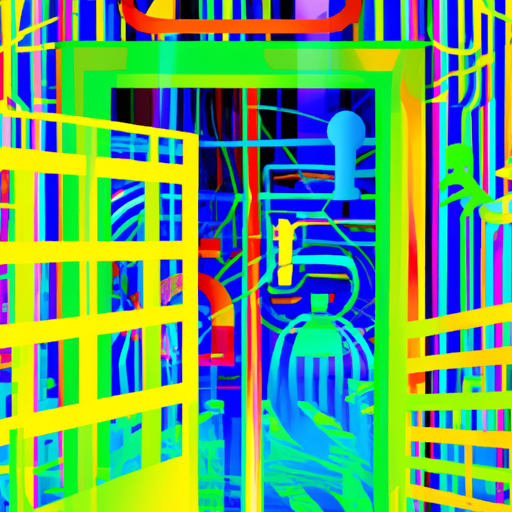Are you an enthusiast looking to practice and hone your cyber security skills? Building a home cyber security lab can be a great way to do just that! In this article, we will provide you with some valuable tips and insights on creating your very own home cyber security lab. Whether you are an aspiring professional or a hobbyist, this guide will help you get started on your journey to becoming a proficient cyber security expert.
Choosing the Right Hardware
Building a home cyber security lab requires careful consideration of the hardware you will be using. When it comes to selecting the right equipment, there are a few key factors to keep in mind:
- Processor and RAM: Opt for a powerful processor and sufficient RAM to handle the demanding tasks you will be performing in your lab.
- Storage: Invest in high-capacity storage devices to store your virtual machines and datasets. Consider using solid-state drives for faster performance.
- Network Interface Cards (NICs): Choose NICs that support promiscuous mode, which allows you to capture and analyze network traffic effectively.
By carefully selecting the right hardware components, you can ensure that your home cyber security lab operates smoothly and efficiently.
Setting Up Virtualization Software
Virtualization is a key aspect of any home cyber security lab, as it allows you to create and manage multiple virtual machines (VMs). The following steps outline the process of setting up virtualization software on your machine:
- Select a virtualization platform: There are several popular options available, such as VMware Workstation, VirtualBox, and Hyper-V. Choose the one that best suits your needs.
- Install the virtualization software: Follow the installation instructions provided by the chosen platform to set it up on your machine.
- Create virtual machines: Once installed, create multiple virtual machines with different operating systems to simulate various environments for testing and practicing.
Virtualization software empowers you to experiment with different setups and configurations without affecting your primary operating system, providing you with a safe and controlled environment for learning.
Building a Network Infrastructure
Creating a network infrastructure within your home cyber security lab is crucial, as it allows you to simulate real-world scenarios and practice essential skills. Here are some tips to help you get started:
- Network topology: Plan and design a network topology that reflects the type of environment you want to simulate. This could include routers, switches, firewalls, and other networking devices.
- Virtual LANs (VLANs): Use VLANs to segment your network and isolate different parts of your lab, simulating separate network environments.
- Network monitoring: Install network monitoring tools to analyze traffic, identify vulnerabilities, and practice implementing necessary security measures.
By creating a realistic network infrastructure, you can gain hands-on experience dealing with network security challenges and develop the skills needed to protect against potential threats.
Staying Updated and Practicing Regularly
The field of cyber security is constantly evolving, with new threats and vulnerabilities emerging regularly. To stay well-informed and proficient, it is essential to keep up with the latest developments and ensure regular practice. Here are some ways to achieve that:
- Stay informed: Subscribe to reputable cyber security blogs, forums, and newsletters to stay updated on the latest news, trends, and best practices.
- Practice ethical hacking: Challenge yourself by attempting ethical hacking exercises, participating in Capture the Flag (CTF) competitions, or solving online security challenges.
- Engage in community events: Attend conferences, webinars, and local meetups to network with professionals and learn from experienced individuals in the cyber security field.
By consistently updating your knowledge and regularly practicing your skills, you can ensure that you are well-prepared to tackle the ever-evolving threats in the cyber security landscape.
Building a home cyber security lab provides you with a valuable opportunity to enhance your skills, gain practical experience, and explore different aspects of cyber security. Remember to always stay curious, challenge yourself, and embrace continuous learning throughout your journey. So why wait? Start building your own home cyber security lab today and embark on an exciting path towards mastering the art of cyber security!









